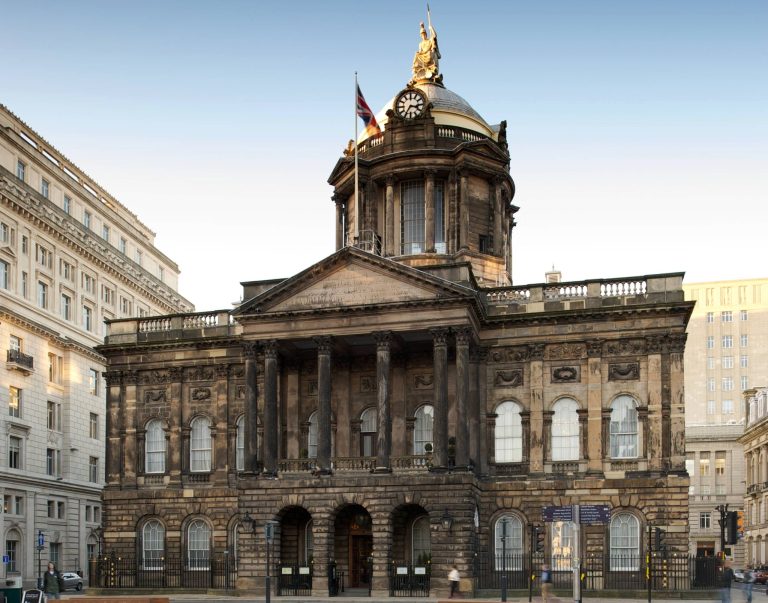Liverpool Town Hall Portraits

Liverpool Town Hall is probably the most significant building still standing in Liverpool that is directly connected to the trade in enslaved Africans. Not only was the building erected at a time when Liverpool had just become the preeminent British slaving port, but according to Fox Bourne, it was Liverpool’s most notable slave traders who had contributed the funds for the building of the Hall. Once it was erected it was also where the ‘Company of Merchants Trading to Africa’ met every week to discuss the conduct of the slave trade. Many of the men who held the office of Mayor throughout the eighteenth and nineteenth centuries were also slavers, merchants trading in slave produced goods, or their descendants. Yet, although there is much historic information provided on plaques and panels as you traverse the hall, on entering the building today, you will see no information whatsoever with regards to how the history and proceeds of slavery impacted the building. Much of the city’s incredible silver collection is a legacy of slavery and many of the portraits hanging in the hall depict merchants who became fantastically wealthy through the trade in human flesh directly and/or the goods the enslaved produced. In some cases, the information given on the descriptive panels actively downplays how these individuals made their money, whilst others do not mention it at all. Remarkably, although there is no information that makes reference to the numerous individuals connected to involvement in slavery there is a mention beneath one portrait of the role the sitter played in the anti-slavery movement.
It really is time that the importance of slavery and the slave trade was acknowledged as the origin of the wealth these individuals enjoyed and how it allowed them to become important civic and political figures in Liverpool during their lifetimes. Through our research, LBHRG will be campaigning for Liverpool City Council (LCC) to redress the information shared with the public about the city’s most important heritage assets associated with slavery. LBHRG would like to see the story of slavery discussed honestly at all sites and locations that were significantly impacted by the legacies of enslavement.